Dr.Maria Montessori opined that language empowers humans to transform their communities and environment. In the Montessori Method, language learning occupies a conspicuous place. Furthermore, it interconnects movement in early childhood development. In addition, language activities in Montessori education not only serve as a tool for communication but also share ideas and pass knowledge to future generations.
In Montessori settings, the language curriculum is built upon foundational elements like grace and courtesy lessons and the ability to interact with others at home and within the community. Above all, language spiced with sensory exercises helps in organizing thoughts, imagination, and perception.
Montessori Language Activities For 0-4 years:
Maria Montessori was of the opinion that children’s language development is interconnected with their development of movement. According to her, when children develop their ability of movement, their field of activities expands. The same logic is applicable to language learning.
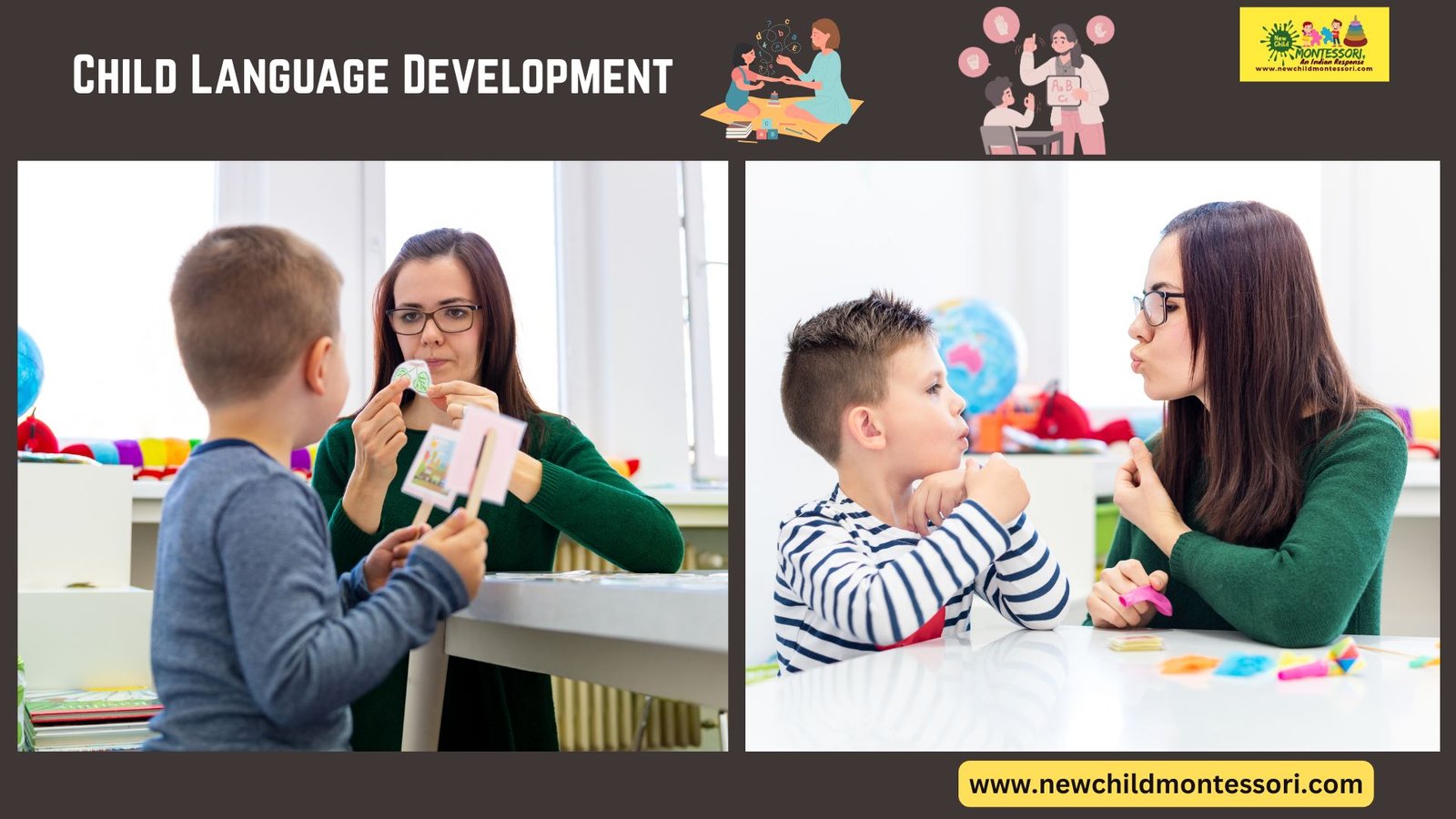
Child Language Development Stages
Birth To 9 Months: Immediately after the birth of a child, we find that he/she is trying to locate the sources of sound by turning his/her head towards them. For example, we see babies turning their heads to the mouths of the people trying to speak to them. Above all, babies are seen babbling and experimenting with first syllables by the end of this period.
9-18 Months: In this stage babies’ intentional grasping and sounds emerge. They begin crawling and use their first words.
18 Months to 2 Years: In this particular stage toddlers begin to explore their surroundings. In addition, they learn to name objects. Above all, they experience an “explosive epoch” i.e. their language acquisition accelerates rapidly.
2-4 Years: Children can walk longer distances; they even begin to learn how to run. By this time, their language becomes more fluent and purposeful, including future-oriented speech.
We are now familiar with children’s natural pre-language activities. Dr.Montessori thoughtfully prepared a lot of learning materials to enhance the process of children’s language learning. Moreover, she carefully crafted a flexible language curriculum for children of different ages (mainly 3-6).
Montessori language materials:
In the Montessori language curriculum and lessons, Montessori language materials play a crucial role.
- These materials serve a specific educational purpose, avoiding distractions.
- Each material has a clear use, promoting independence and creativity in children.
- Brightly colored, decorative materials can lead to confusion and hinder learning.
- Montessori emphasizes order, with materials kept in perfect condition for children to choose and return.
Montessori language curriculum and lessons
- Infant Community: Focus on vocabulary enrichment and language training.
- Naming Games: Children learn object names through energetic activities, enhancing independence.
- Practical Life Exercises: Exact names of exercises and objects are taught.
- Sensory Exercises: Children learn precise adjectives to describe qualities.
- Action and Object Contrast: Activities include actions alongside naming.
- Picture Collections: Vocabulary activities use color-coded picture cards to group related items.
Spoken Language in Montessori Education:
A child’s natural urge to communicate is fostered in Montessori education through exposure to spoken language.
Montessori considered early childhood as a sensitive period. Furthermore, she opined that this particular period is crucial for language development. Children learn language by hearing and using it in meaningful contexts.
Activity: Educators visit libraries, educational stores, or other relevant locations to explore language learning materials.
Writing in Montessori Education:
Through interactions, children unconsciously learn spoken language. However, to learn written language deliberate effort and skill development are required.
The foundational materials for literacy include:
- Sandpaper letters
- Movable alphabets
- Metal insets
Using these tools, children learn:
- How to form letters
- How sounds correspond to letters
- How to analyze spoken language into individual sounds
- How to control a pencil
Language Development Activities
To children, language is a continuous flow of sound. Montessori activities help them break it down and focus on patterns, such as:
- Identifying sounds in rhymes and poems
- Recognizing word structures in stories
- Playing sound games to distinguish and categorize sounds
Games and Exercises
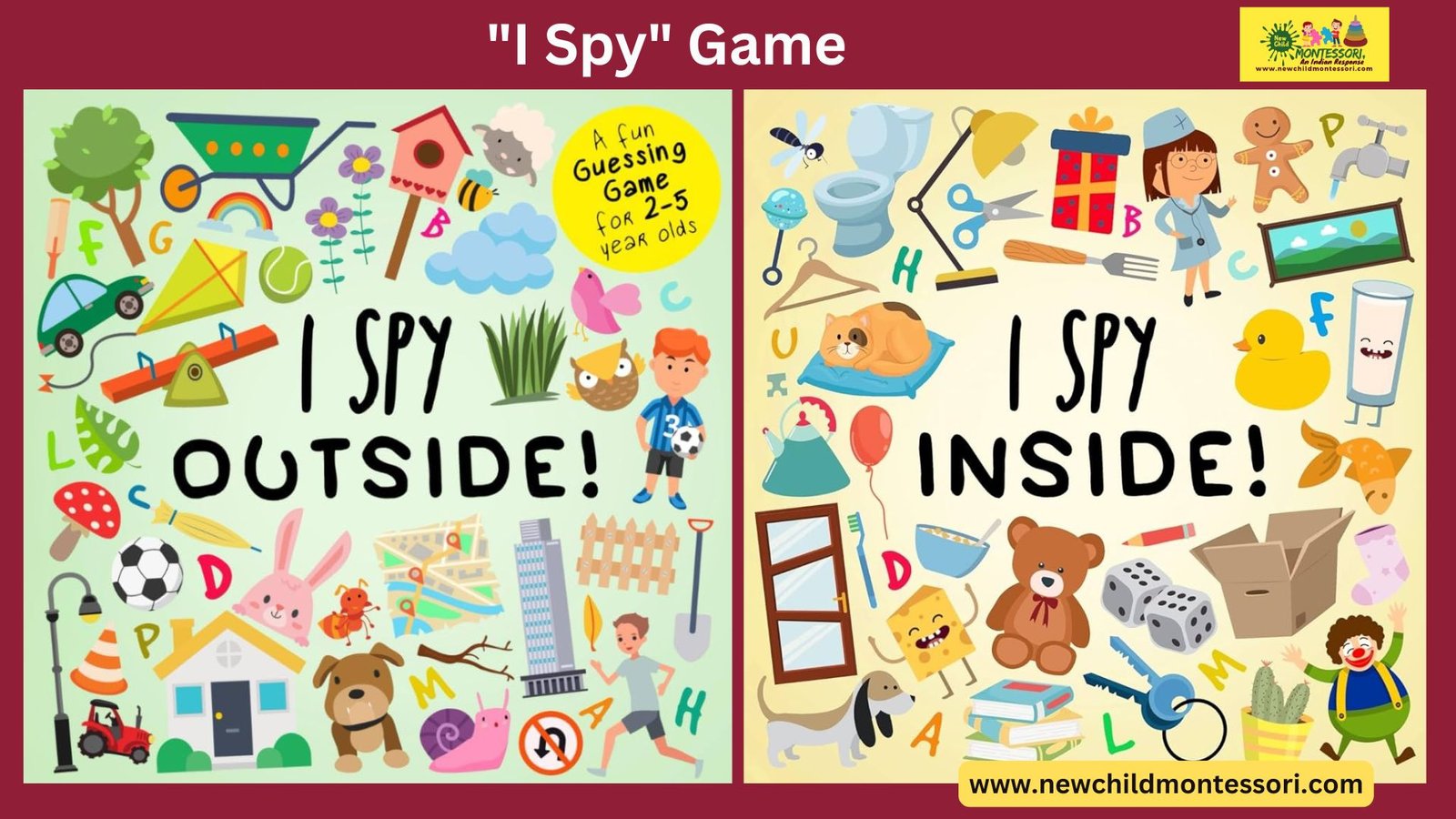
- “I Spy” Game
- Word Lists
- Book Searches.
Language Training in Montessori Education
Children in Montessori classrooms engage in various language activities that include:
- Listening to stories about real people and things.
- Reading aloud from books about family members, classmates, or historical events.
- Exploring rhyming language through listening, acting out, and later reciting poems.
- Developing problem-solving skills by distinguishing between right and wrong language use.
Picture-Based Learning
Children work in small groups to identify and name objects in pictures, progressing from simple to more complex concepts.
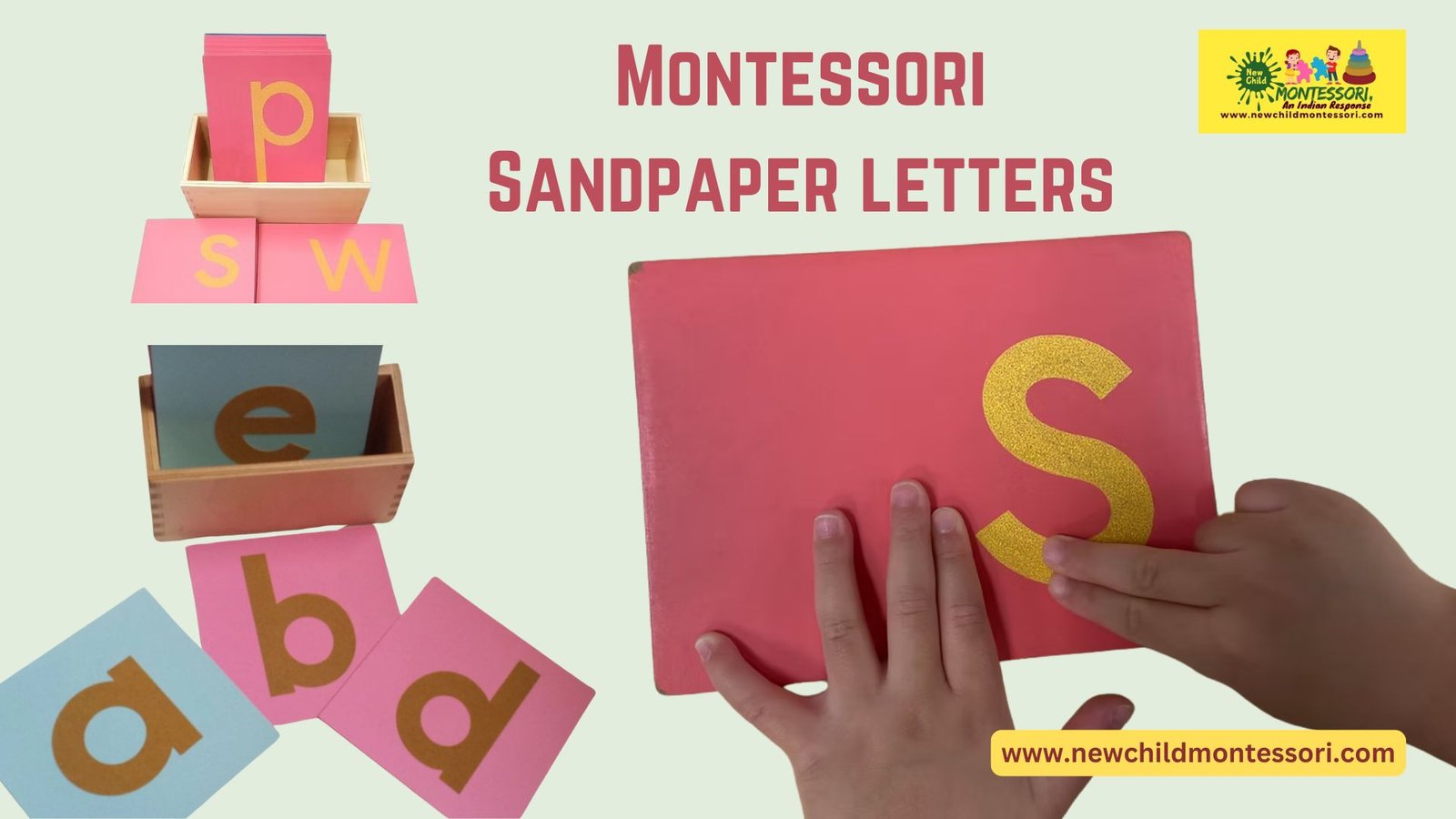
Sandpaper Letters and Writing Development in Montessori
Sandpaper Letters are cut from smooth sandpaper and glued to smooth cards. Children trace sandpaper letters while saying the corresponding sounds.
Movable Alphabet and Writing in Montessori
Movable Alphabets are similar to sandpaper letters. In movable alphabets, vowels are cut from blue and consonants from pink. They act similar to sandpaper letters.
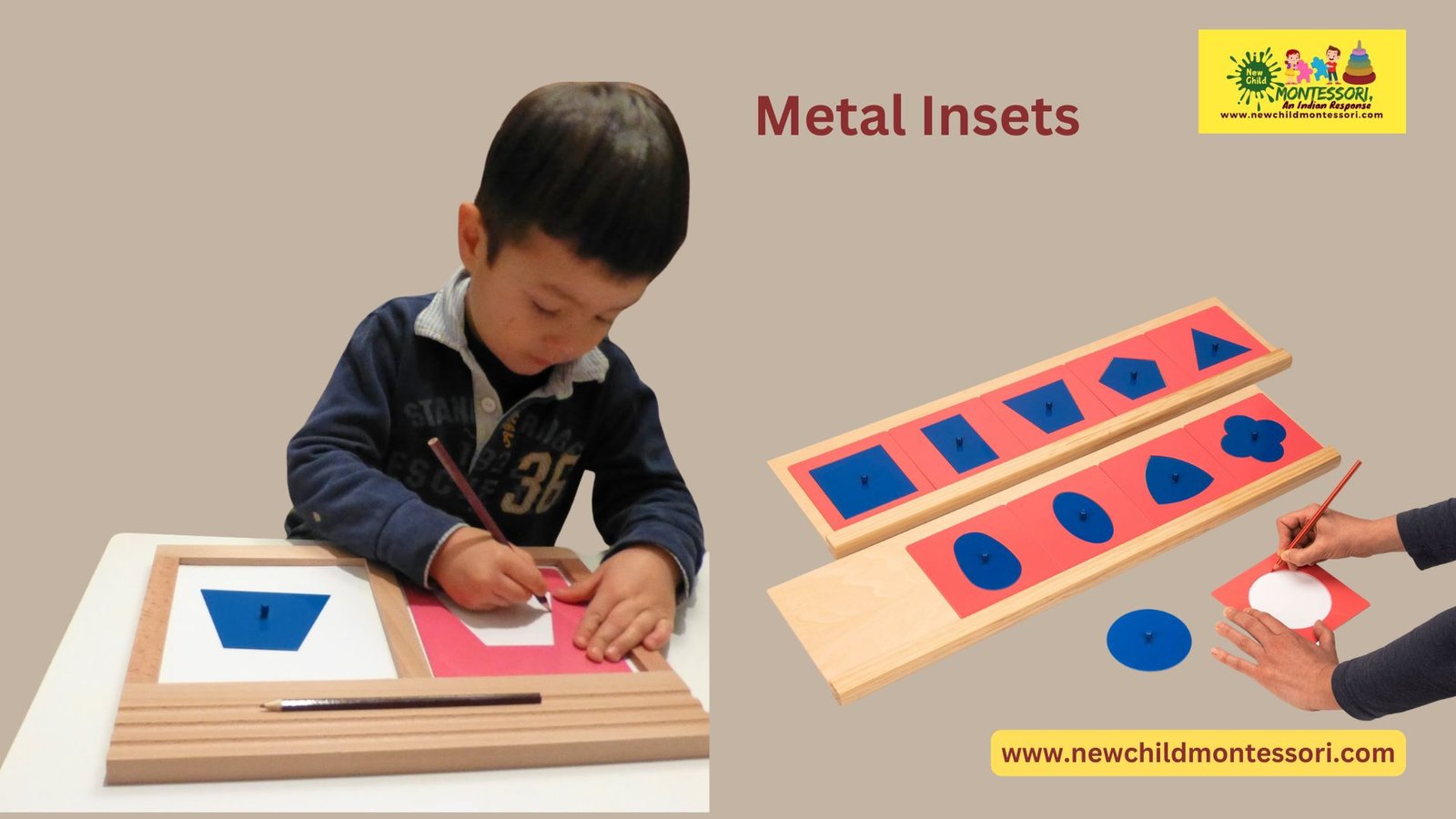
Metal Insets and Early Writing in Montessori
Metal Insets are various geometric shapes made from metals. Children practice pencil control using metal insects with geometric shapes.
The Written Question Game
The written question game is one of the effective techniques employed in Montessori education to teach children writing skills. Based on the type of writing and its purpose, the questions change.
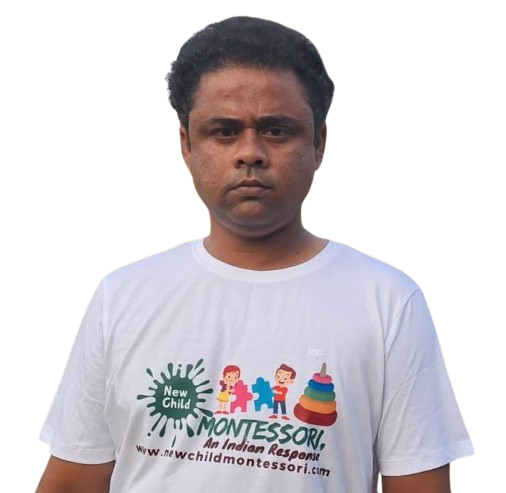
Sumanta De is an educator. He has been teaching students for more than 16 years following the principles of Dr.Maria Montessori. He has a 7-year-old son and a 5-year-old daughter.
He is nurturing his children abiding by the principles of Dr.Maria Montessori. His passion for Montessori methods goes beyond the classroom.
Hence, he shares his experiences and insights through a dedicated Montessori blog and a YouTube channel under the name “NewChild Montessori”. He aims to offer valuable guidance to both parents and educators.
Education: M.A. English, Masters in Child Psychology & Bachelor’s Degree in Montessori Teachers Training
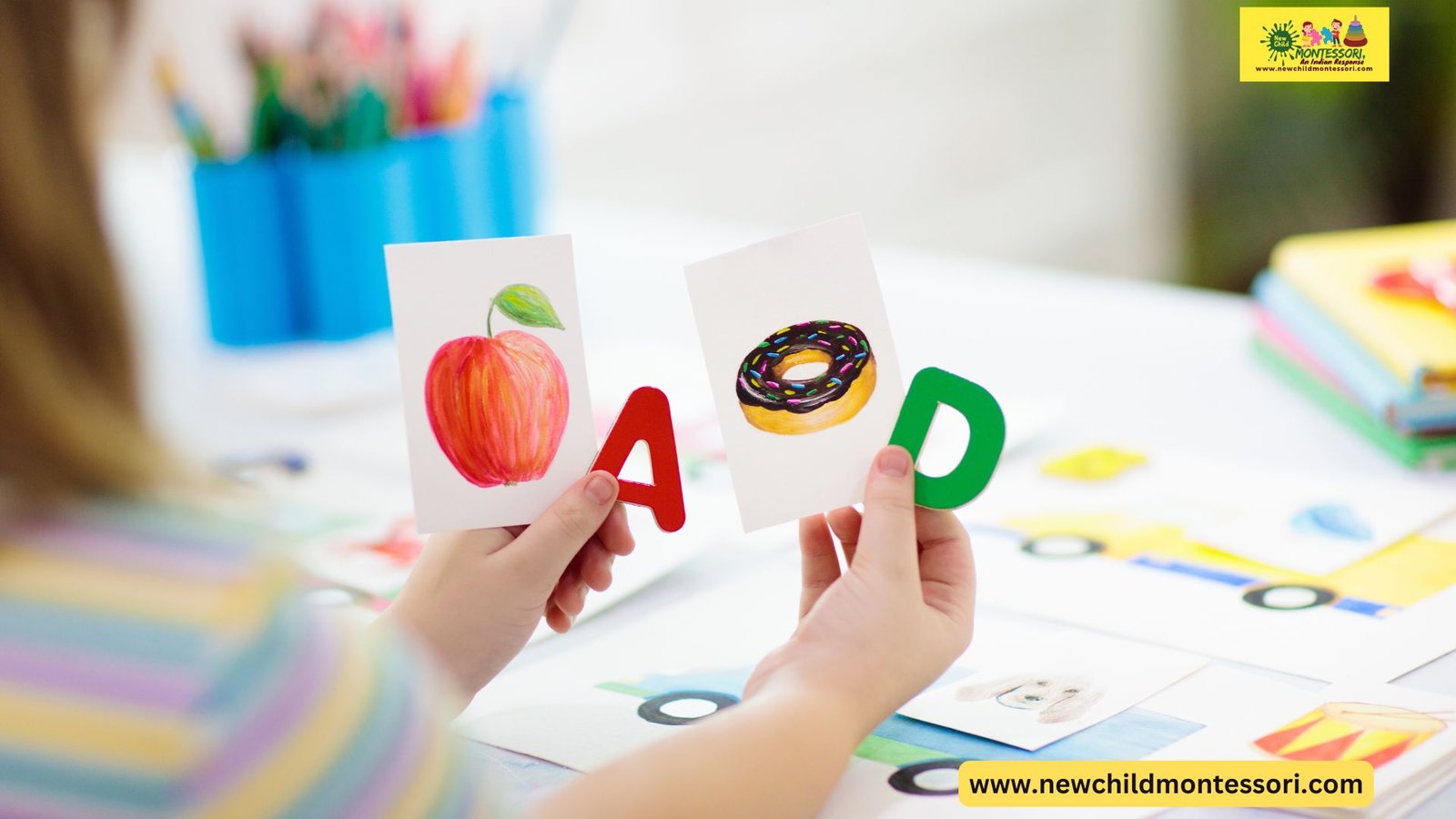
Thank you, I have just been looking for info about this topic for ages and yours is the greatest I have came upon so far. But, what concerning the conclusion? Are you positive about the source?